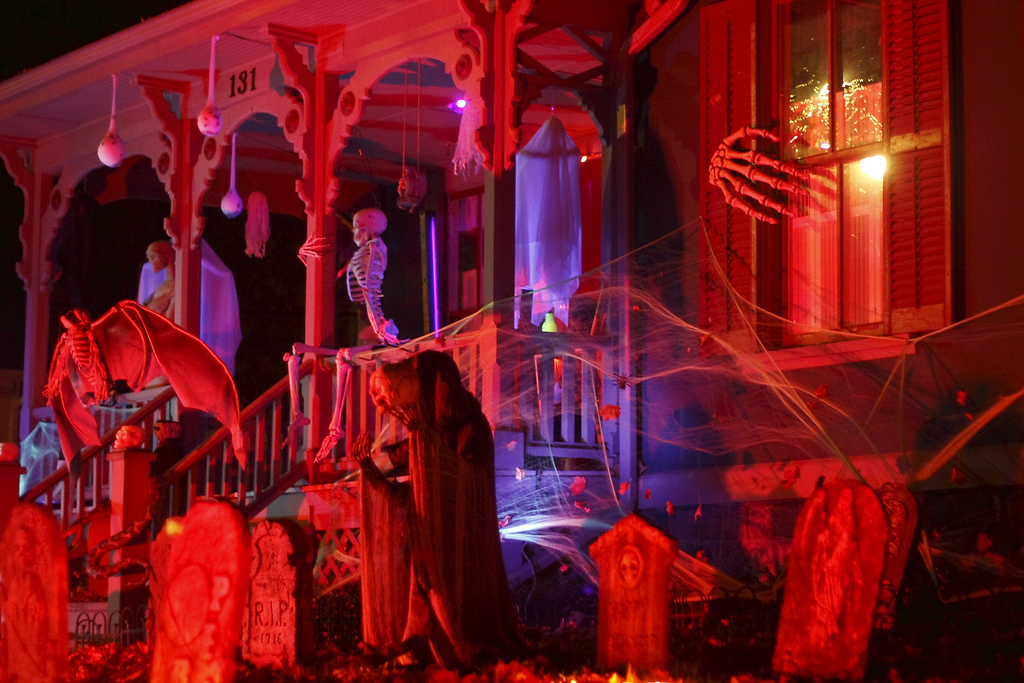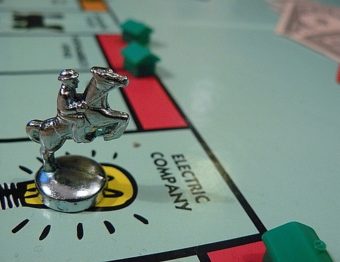
Photo by CC user ravin-40 on Flickr
It’s almost upon us: in little more than a month, little kids will be wandering around their neighborhood, looking to fill their pillow cases up with candy, cans of pop, bags of chips, and other treats.
For us grown-ups, it is also a lively time of the year, as costume parties of all sorts will be held at bars, college campuses, and private homes around the country.
In the midst of all of this, you might be curious about the history of Halloween. How did it get started? When did the traditions we know and love develop?
The answers to these questions and others can be found in the article below.
Halloween’s Celtic origins
While many people consider Halloween to be an American tradition, historians maintain that it descended from a pagan festival called Samhain. Celebrated for eons by Celts in Scotland and Ireland, it was held to commemorate the oncoming winter.
Ceremonies to honor the dead were also held at this time, as it was believed that the barrier between the world of the living and the paranormal was more easily breached during this time.
It was this belief in being able to communicate with the dead that led to the establishment of the modern day identity of Halloween, a day where many people dress up as ghouls, goblins, and other beings of the Netherworld.
If you are looking for a costume along these lines, but with a sense of sexiness and style that will make you stand out this year, check out costume sites like 3Wishes.com, as the selection available will surprise and shock your friends this Halloween.
The Christianization of Samhain
At the dawn of the 11th century, church authorities began the push to assimilate the Celtic peoples of the British Isles into the traditions of Christianity.
Noting that one of the big holidays that they celebrated was Samhain, they established a holiday known as All Saints Day (also known as All Hallows Day) alongside of it.
This new day honored the dead in similar ways to Samhain, with a particular focus on the struggle between good and evil. This introduced angel and devil costumes into the Halloween mix, both of which can be found in modern-day celebrations.
Despite the efforts of church officials, dedicated Celts simply shifted their celebrations of Samhain to the night before All Saints Day, which was on October 31st.
As a result, this day became known as All Hallows Eve, which eventually evolved into the name Halloween as the centuries progressed.
Halloween arrives on America’s shores
Despite the existence of All Hallows Eve long before America was colonized, its arrival on these shores was delayed by two factors.
The first was the fact that the first settlers were fervent Anglo-Saxon protestants, who did not hold any of the beliefs surrounding All Hallows Eve.
The second was the fact that traditional Celts did not migrate in large numbers to America until the 19th century, which is when the Irish Potato Famine caused them to flee their homeland in search of opportunity and fertile soil.
Soon after their arrival, ideas surrounding All Hallows Eve took root, especially in the minds of local youth. In the ensuing years, traditions such as trick or treating, bobbing for apples, and parties that went on late into the evening developed here.
In the modern era, these traditions were communicated over mass media, allowing the American idea of Halloween to spread to new places around the globe throughout the 20th century.

